Winait 8mm film scanner first impressions
This is a short post which describes my initial impressions of the Winait 8mm film scanner which is used to convert 8mm home movie films into digital mp4 files.
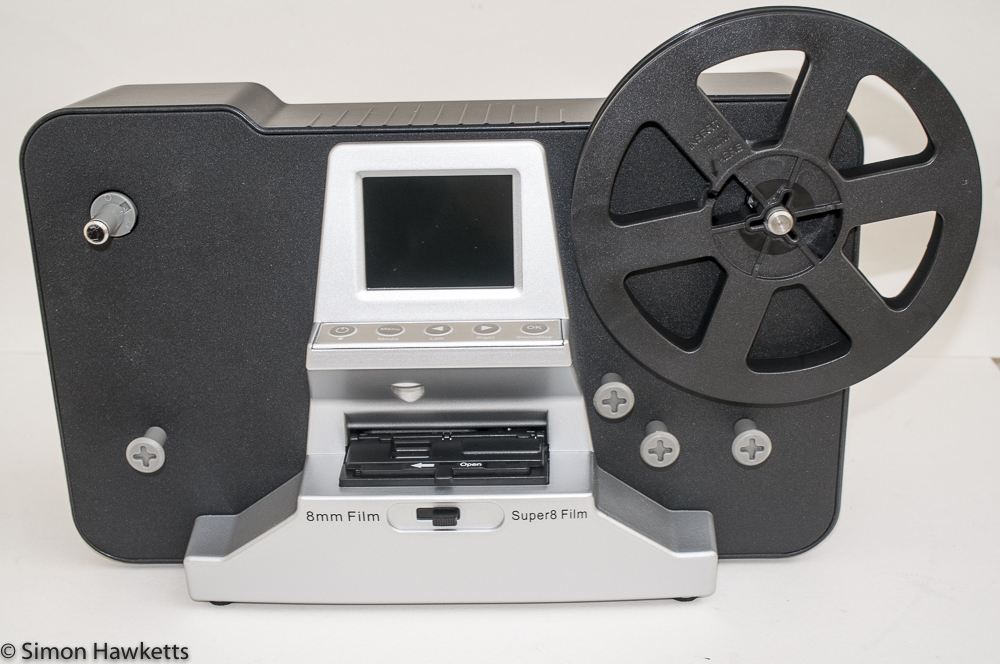

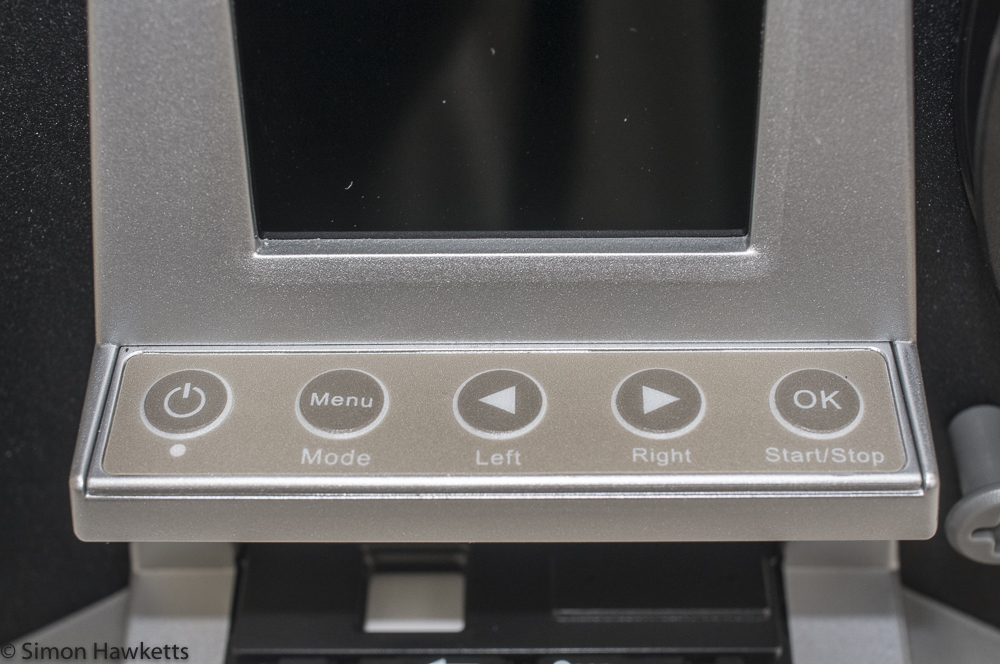

Update:
I have had considerable problems with this unit which I’ve documented in this post. I would certainly not recommend anyone purchase one or any of the same machines made by Winait under different names.
Why did I buy a Winait scanner?
When I started thinking about the Found Film site about a year ago, I got interested in collecting 35mm film slides, and from that, I also became interested in 8mm home movies. I had intended to construct a film scanner myself, but, like many people, I find that things I intend to do end up as things I just don’t have the time to do, so when I saw the Winait scanner on Amazon I got quite interested in getting one. Looking around I discovered that there are several different machines which are all basically the same and are all manufactured by Winait under different names, for example, Wolverine, Reflecta & Somikon.
When it came to my birthday this month, my family asked if there was anything I wanted, and I remembered the scanner and they kindly bought it for me.
Winait 8mm film scanner Description
As I said above, the Winait 8mm film scanner is a device which converts film to digital and it does this by moving the film forward a frame at a time, photographing each frame and then assembling a movie from all the individual images. It runs at a speed of about 2 frames per second, which means that a large reel of film can take a reasonable time to digitise, but the results are likely to be better than the conventional method of playing the film and trying to record it with a video camera or using the video facility of a DSLR.
The standout features of the machine are that it can work with Standard 8 or Super 8 film, is completely independent of any computer or operating system because it records directly to an SD card and works with reel sizes of up to 5 inches. There is a small LCD display which is used to both control and monitor the recording and a video output which can be used to feed a TV for a better display.
The unit is made in China, and my one was ordered from Amazon UK on a Sunday and it was delivered on the following Friday, which is a pretty good delivery speed considering it came from halfway around the world.
When I unpacked the unit the first thing which struck me was that it seems quite a sturdy and solid unit. I had read various reviews prior to getting the Winait, and several people have had problems with the mechanical reliability of the unit – for example, one user suffered 3 motor failures in the space of a few months. Because of this, prior to purchasing a unit, I had emailed the manufacturer just to check if it was likely to receive firmware updates and if the power supply was a UK version etc. and the response suggested that the manufacturer is striving to constantly update the unit. For example, in the thread I linked to above, several people noticed that the unit runs hot and had modified it to take a fan – well my unit turned up with a fan and ventilation holes fitted. Although I was glad to hear this I think I was still expecting the unit to be a bit flimsy, but in fact, as I said, it is quite solid and much heavier than I expected.
As well as the unit itself, supplied in the box with it is:
- A UK power supply
- A USB lead
- A TV display lead
- 3 standard 8 to Super 8 reel adapters
- A soft cloth for cleaning the frame scanning area
- A take-up reel
- An eighteen-page instruction booklet
The instruction booklet is quite amusing to read, with phrases like, ‘Please note product spec is subject to improvement. Any changes of product will not make additional specify’! Fortunately, most of the operation of the unit is fairly self-explanatory so it’s quite easy to work out how to use it.
Using the Winait 8mm Film Scanner
Using the device is pretty simple. You put a reel of film on the left-hand feed reel spigot and the take-up reel on the right-hand one. Then, with the film gate open, you pass the film over the guide pegs and the film gate, making sure the film sits under two white plastic guides which keep it flat. Then, you put an SD card in the machine, connect the power and press the start button (OK). The machine automatically moves the film forward and finds the correct framing to start recording.
The short video below shows the unit in operation. It was taken in fairly poor light so apologies for the noise but you can get a general idea of the unit’s operation from it.
Winait 8mm film scanner results
The video below is the second film I put through the Winait. The first film was not very successful for a couple of reasons: first, the film had a break in it where the cement which joined the two halves of the film had become old and unstuck and secondly, the picture was very grainy and poorly defined. After I’d completed the transfer I found that by default the unit is set to zoom into the centre area of the film to make sure no sprocket holes appear in the transfer. Once I reset that the next film was better.
So what about the results? Well, overall I think they are reasonable.
They are certainly better than that obtained by the projection and video method which, although it can be done with a special right angle viewing screen (I have one and tried it), it is virtually impossible to stop the flicker caused by the difference in shutter speeds between the projector and camera. Also, this method suffers from focus drift so as the transfer is happening you are constantly having to refocus and adjust the speed of the projector.
Using the Winait removes both these problems but is not trouble-free. For a start, the resulting video is encoded at 30fps whereas 8mm film was shot at either 16 or 18 fps depending on the format. That is actually not too difficult to solve; I used iMovie and just reduced the film speed to 60% for the Super 8 film shown below.
The bigger problem is the amount of compression the unit used to produce the picture. A great deal of fine detail is lost because each picture is compressed so much. I suspect that this was a decision made by the manufacturer to remove a lot of the noise and scratches on old film, but I’m pretty sure a lot of 8mm enthusiasts would rather deal with that sort of thing in post-production, rather than have it smoothed away during digitisation. I’m hoping that this is something the manufacturer will deal with in a future firmware update. It shouldn’t be too hard to make that one of the options in the menu, i.e. select from high quality slower transfer or lower quality fast transfer.
Overall however the results are pretty reasonable and doubly so when it’s realised that this is, as far as I’m aware, about the only option available at a reasonable price point short of building your own.
Once I’ve done some more films I may do a more in-depth review.
The film below shows a family holiday in what looks like Portugal; I’m not sure of the date but probably the 1960s.

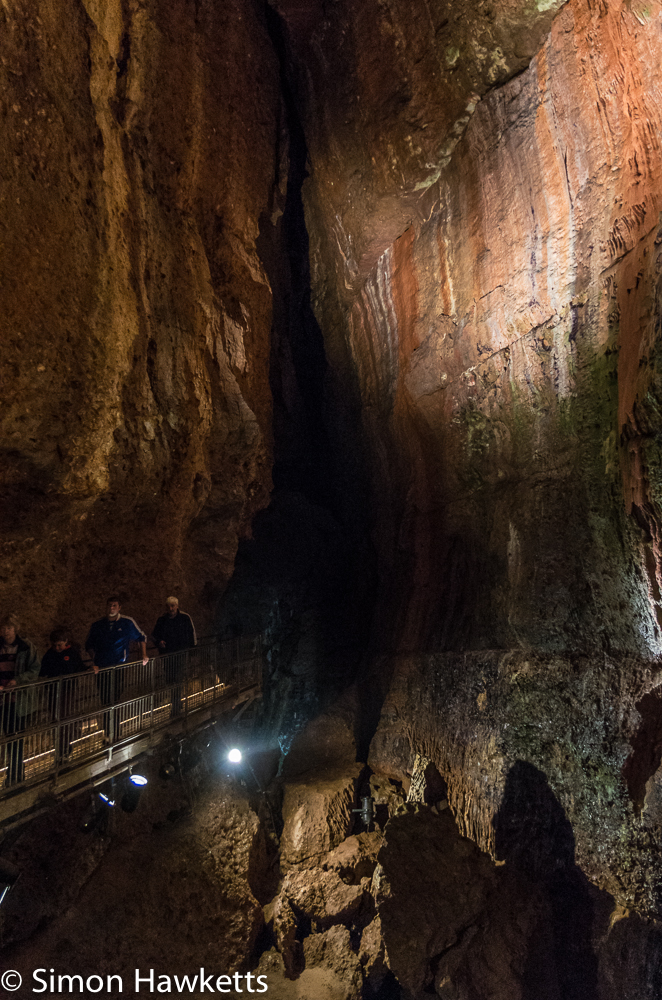
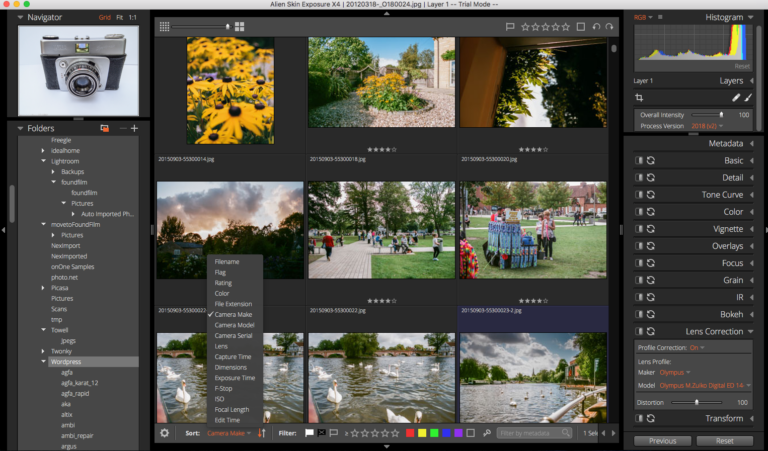
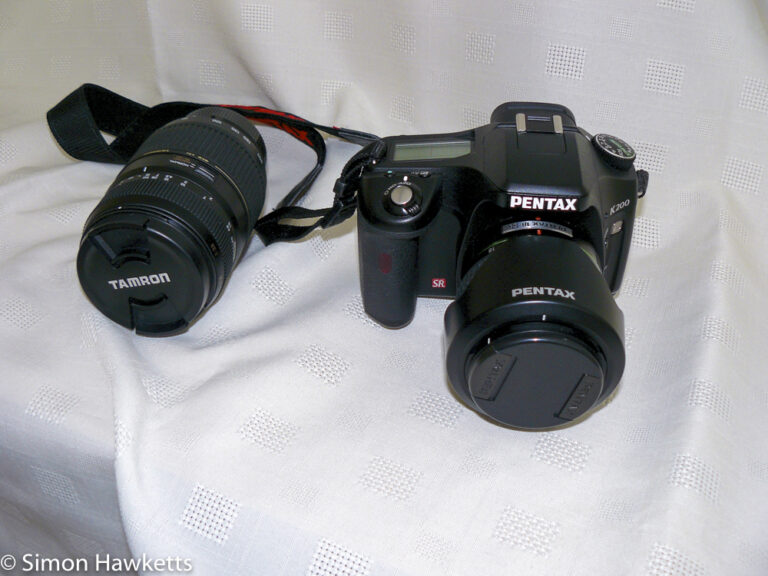
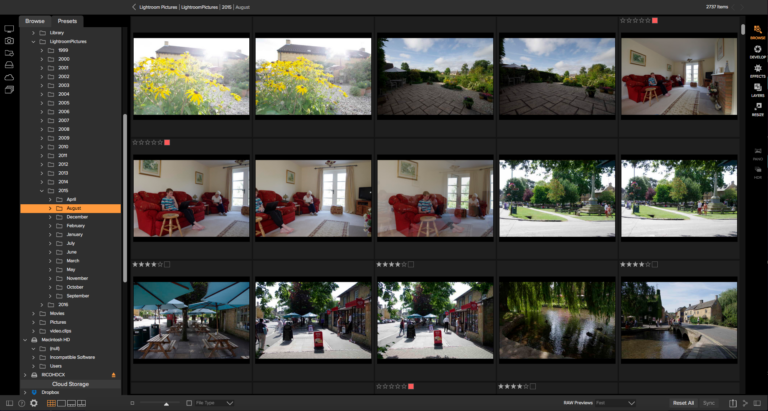
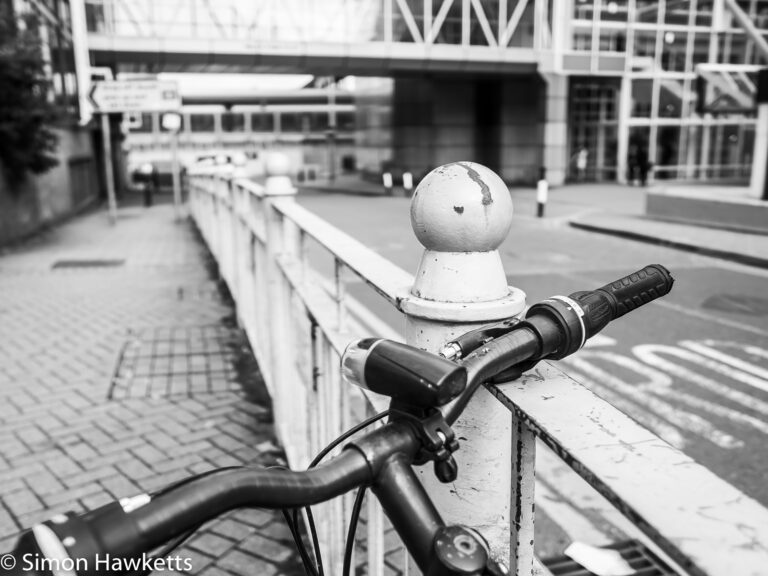
Congratulations, on your willingness to make this work, and on the quality that you achieved.
The result is fascinating and of a quality that is surprising, given all of the factors that could have made for deterioration.
But, of course, it is eerie in that we know nothing about these individuals’ identities or lives.
Thanks Roy – it is odd to watch people in these films knowing that the majority of them will be gone now, but many of the films contain a view on history that would otherwise be lost so I also find them fascinating. I’m not really sure what the copyright situation is but I’m hoping to add them to found-film soon. My view is it is unlikely that anyone would object, and I’m not using them for commercial gain so it should be ok.
[…] couple of weeks ago I wrote a post about a new 8mm film scanner I’d bought as a birthday present from Amazon. The unit was made by a company called Winait in China and at first everything was good with it, […]
[…] few weeks ago I wrote a post about the Winait 8mm scanner which I purchased with the aim of adding videos to the Found Film site and I followed it up with a […]
[…] few weeks ago I wrote a post about the Winait 8mm scanner which I purchased with the aim of adding videos to the Found Film site and I followed it up with a […]
Thanks for the review I must admit your name.was.so similar to mine I was drawn to your page but you have put my mind at rest about the winett and I will purchase one
Regards Simon Hawkes
Hi Simon – you might find it worth reading my post about the problems I had and why I had to return my scanner -https://simonhawketts.co.uk/2017/10/21/warning-future-winait-film-scanner-customer/
The location is the island of Madeira (a Portuguese colony} and what looks like outside of the church de Monte. I’m about to embark on a 8mm conversion project for my in-laws who are originally from Madeira.